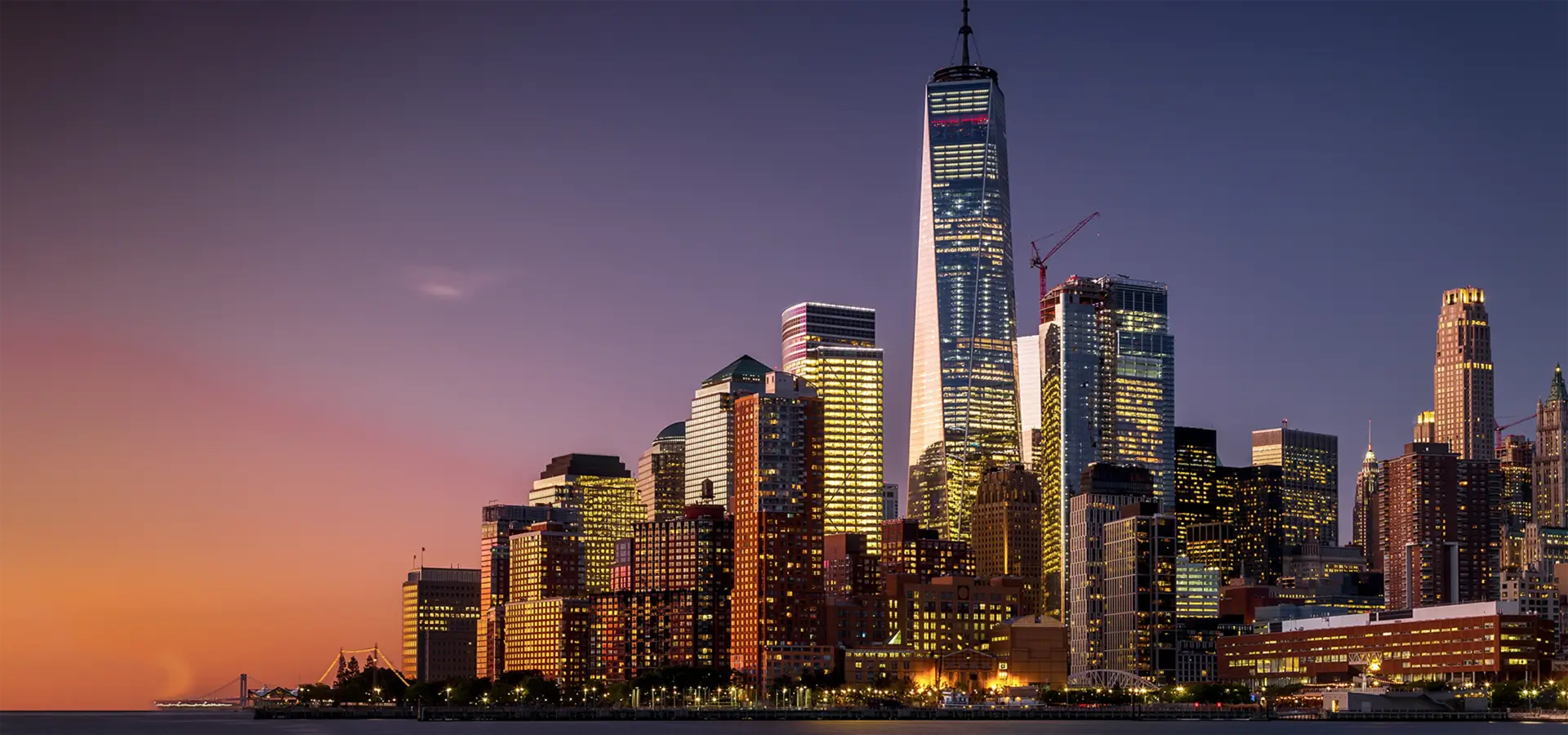

The Beauty and Versatility of Frosted Line Glass
Frosted line glass is a unique and increasingly popular material in both architecture and interior design. Its aesthetic appeal, coupled with its functionality, makes it an excellent choice for various applications. This article explores the characteristics of frosted line glass, its uses, and the benefits it brings to modern living spaces.
What is Frosted Line Glass?
Frosted line glass is a type of decorative glass that features a textured, opaque finish. This effect is typically achieved through a sandblasting process or by using acid to etch the surface. The result is a glass that diffuses light while obscuring visibility, making it perfect for spaces where privacy is essential without sacrificing natural light.
One of the standout features of frosted line glass is its versatility. It is available in various formats, including sheets, panels, and even as part of composite materials. The lines in the frosted design can be vertical, horizontal, or custom patterns, allowing designers to create unique visual effects that enhance the overall aesthetic of a room.
Applications of Frosted Line Glass
The applications of frosted line glass are extensive and varied. In residential spaces, it is commonly used for bathroom windows, shower enclosures, and internal doors. By allowing light to filter through while maintaining privacy, frosted line glass transforms bathrooms into serene retreats where one can relax without the fear of being seen.
In commercial spaces, frosted line glass is often utilized in office partitions. It creates a sense of openness while delineating workspace without the need for solid walls. This transparency contributes to an inviting atmosphere, fostering collaboration among employees while still providing individual workspaces. Moreover, it can be incorporated into conference rooms, allowing natural light to flow in while maintaining a professional ambiance.

Retail environments also benefit from frosted line glass. Storefronts and display cases that employ this material can draw customers in by showcasing products subtly while keeping the focus on the merchandise itself. The soft diffusion of light enhances the overall shopping experience, making it more enjoyable and inviting.
Benefits of Frosted Line Glass
One of the primary benefits of frosted line glass is its ability to provide privacy. Unlike clear glass, frosted options obscure visibility without completely blocking light. This feature is crucial in areas where privacy is necessary, such as bathrooms, offices, and changing rooms.
In addition to providing privacy, frosted line glass contributes to energy efficiency. By allowing natural light to enter spaces while minimizing glare and heat, it helps reduce the reliance on artificial lighting. This aspect is increasingly important in eco-conscious design, as it supports sustainability initiatives within both residential and commercial buildings.
Aesthetic appeal is another significant advantage. Frosted line glass is available in various patterns and finishes, allowing architects and designers to exercise creativity in their projects. Whether used as a feature wall, in cabinetry, or as a decorative element in furniture, frosted line glass adds an artistic touch to any space.
Conclusion
Frosted line glass is more than just a functional building material; it is a design element that harmonizes beauty and utility. With its unique ability to create privacy while enhancing light flow, it suits a wide range of applications, from homes to commercial spaces. As design continues to evolve, the prominence of frosted line glass is likely to increase, solidifying its role as a staple in modern architecture and design. Its adaptability, paired with an elegant aesthetic, ensures that it will remain a sought-after choice for years to come.